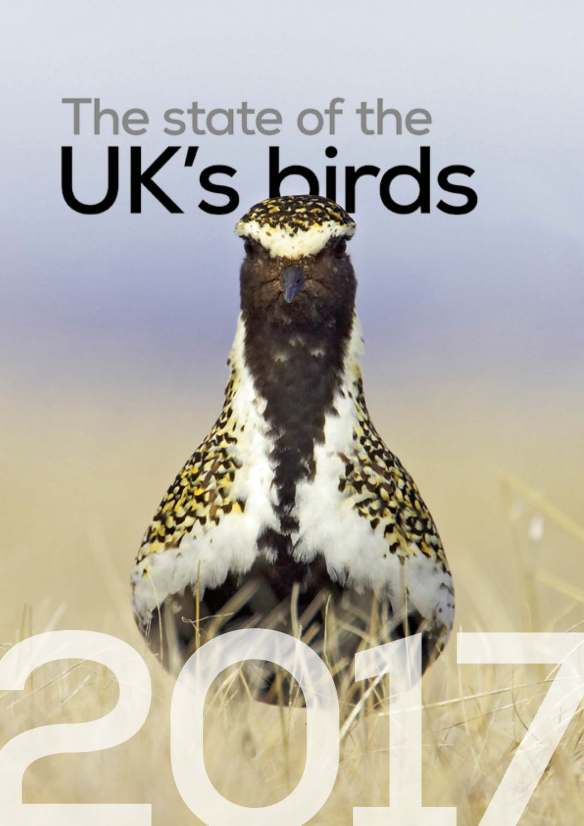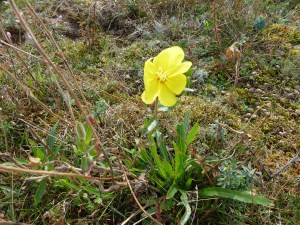 From Rare Bird Alert
From Rare Bird Alert
A new study addresses concerns over the many Arctic shorebird populations in precipitous decline. Evident from the study is that monitoring and protection of habitat where the birds breed, winter, and stopover is critical to their survival and to that of a global migration spectacle.
To understand why arctic shorebirds are declining and the role humans may be playing, Dr. Rebecca Bentzen of the WCS Arctic Beringia Program and her colleagues set out to quantify adult bird survival. The scientists collected and combined data across nine breeding sites in the Canadian and Alaskan Arctic in 2010–2014, engaging in unprecedented levels of collaboration as part of the Arctic Shorebird Demographic Network.
Sites included the Teshekpuk Lake Special Area in the National Petroleum Reserve-Alaska (NPR-A) and the coastal plain of the Arctic National Wildlife Refuge (ANWR). Six species of shorebirds were represented in the study – American golden plover, dunlin, semipalmated sandpiper, western sandpiper, red-necked phalarope, and grey phalarope.

Testing how ecological and human-related variables affected the adult annual survival of the birds, the scientists observed few breeding ground impacts, suggesting that shorebird declines are not currently driven by conditions experienced on the Arctic breeding grounds.
“In a positive sense, our estimates for adult survival were substantially higher than previously published across five of the six species,” said Bentzen. “This is good news; we seem to be doing the right thing in the Arctic as far as conserving these birds.”
This could change, however, with a warming and more variable climate, and oil extraction in environmentally sensitive areas such as ANWR’s coastal plain or around Teshekpuk Lake in the National Petroleum Reserve.
In addition, the study found that the survival of five species of shorebirds that migrate from breeding sites in the Alaskan and Canadian Arctic to wintering areas farther south in the Americas is robust, presumably due to favourable conditions in the nesting areas along that flyway. Meanwhile, dunlin — a shorebird species that migrates to wintering areas in the East Asian-Australasian Flyway on the west side of the Pacific have poorer adult survival.

Are declines in Arctic shorebird counts happening in places like Jersey?
The authors surmise that loss of habitat at migratory stopovers or overwintering sites on the East Asian-Australasian Flyway are responsible for driving poorer adult survival rates and should be a focus of future conservation efforts.
Bentzen notes that the results should focus attention on habitat needs in the East Asian region. In addition, breeding grounds should be carefully monitored and protected as climate impacts and potentially development encroachment increases in and around these critical Arctic breeding habitats.
Download the paper Environmental and ecological conditions at Arctic breeding sites have limited effects on true survival rates of adult shorebirds here
 Just published, the latest
Just published, the latest 


 From
From 







 By Cris Sellarés
By Cris Sellarés








 From
From 
 By Jon Parkes
By Jon Parkes 





 Resent soil tests have confirmed that pH levels are still rather alkaline at between pH 8.5 and 8.9 and this is unlikely to change without any intervention due to the amount of concrete based material that must be underneath the layer of imported calcareous sand. Perhaps more encouraging is the nutrient status results from the same soil samples. For example, the amount of available phosphorus is currently between 8.8 and 25.8 mg/l with a “P index” of 0-3, compared to a recently tested former agricultural field which showed levels of available phosphorus at between 66.2 and 153.4mg/l giving a “P index” of between 4 and 7.
Resent soil tests have confirmed that pH levels are still rather alkaline at between pH 8.5 and 8.9 and this is unlikely to change without any intervention due to the amount of concrete based material that must be underneath the layer of imported calcareous sand. Perhaps more encouraging is the nutrient status results from the same soil samples. For example, the amount of available phosphorus is currently between 8.8 and 25.8 mg/l with a “P index” of 0-3, compared to a recently tested former agricultural field which showed levels of available phosphorus at between 66.2 and 153.4mg/l giving a “P index” of between 4 and 7. Our current situation, with the encouraging results of vegetation surveys, indicates that the soil choice was a good one. Whilst our soil pH is much higher than we would have ideally liked, this is something that can be changed by adding sulphur, an expensive but affective way of raising acidity. As the results from the former agricultural field’s shows, high soil fertility is much more of a problem with no “magic cure”.
Our current situation, with the encouraging results of vegetation surveys, indicates that the soil choice was a good one. Whilst our soil pH is much higher than we would have ideally liked, this is something that can be changed by adding sulphur, an expensive but affective way of raising acidity. As the results from the former agricultural field’s shows, high soil fertility is much more of a problem with no “magic cure”.
 From
From 



